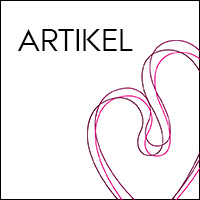A cluster‐randomized trial measuring the effects of a digital learning tool supporting decoding and reading for meaning in grade 2
Stig Toke Gissel og Simon Calmar Andersen

Abstract
A large-scale, cluster-randomized controlled field trial (Nclassrooms = 47; Nstudents = 1,013) assessed the impact of a digital text-to-speech reading material that supported 8-year-olds’ decoding and reading comprehension. An active control group used the most prevalent Danish learning material with a research-based systematic, explicit phonics approach supporting primarily decoding. The digital tool allows children to read unfamiliar text for meaning. Students are supported in mapping between orthography and phonology by three levels of text-to-speech support and in identifying spelling patterns. The risk of students overusing text-to-speech was countered by postponing access to having words read aloud by directing students towards identifying and training relevant orthographic patterns before activating text-to-speech. Results showed no statistically significant difference in decoding, but treatment improved reading comprehension. The study demonstrates how digital tools can facilitate strengthening students' decoding skills as efficiently as a traditional phonics?based programme while students are reading text of relatively high orthographic complexity for meaning.
What is already known about this topic
- Students must develop both decoding and comprehension skills.
- It seems that decoding and comprehension develops simultaneously.
- Digital tools may help to facilitate a balanced reading instruction.
- Students tend to overuse such text?to?speech technologies.
What this paper adds
- Digital learning tool supporting 2nd graders' decoding and comprehension is tested.
- The tool uses text?to?speech but counters student overuse of text?to?speech.
- RCT had an active control group using a phonics?based textbook.
- Results show advantage on comprehension and no difference on decoding.
The implications of study findings for practitioners
- Students can strengthen both decoding and comprehension by:
- Being digitally supported in reading unfamiliar, relatively complex texts.
- Identifying and training relevant orthographic patterns before activating text?to?speech.
Read the article
A cluster-randomized trial measuring the effects of a digital learning tool supporting decoding and reading for meaning in grade 2 (Pay wall may occur).